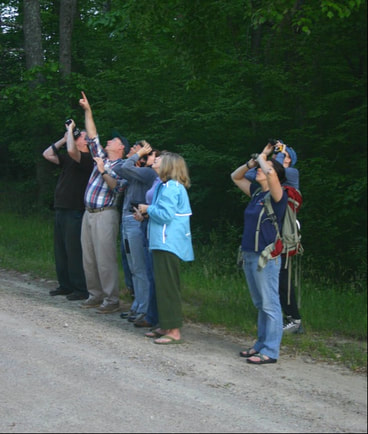 For DGIF's Wildlife Viewing Plan, a wildlife viewer is someone who intentionally finds, observes, listens to, records, photographs, or interacts with wildlife or visits parks and natural areas because of wildlife. Photo by M. Prysby.
For DGIF's Wildlife Viewing Plan, a wildlife viewer is someone who intentionally finds, observes, listens to, records, photographs, or interacts with wildlife or visits parks and natural areas because of wildlife. Photo by M. Prysby. If you are a hunter, you may be aware that the Virginia Department of Game and Inland Fisheries has management plans for deer, bear, wild turkey, and other game species. These plans are developed with stakeholder input and revised periodically. They guide the management of these species and their habitats.
Until now, there has not been a management plan to support wildlife viewing. While there are overall declines in hunting and fishing, national data suggests continued growth in wildlife viewing. Wildlife viewing is an important part of DGIF’s strategic plan to increase participation in outdoor recreation. In fact, Virginia is the first state to include wildlife viewing in their R3 (“recruitment, retention, and reactivation”) initiative. For these reasons, DGIF is partnering with researchers at Virginia Tech to develop a management plan for wildlife viewing.
Development of the plan will include input from a Stakeholder Advisory Committee, data from surveys, and results of focus groups. VMN Director Michelle Prysby is serving on the Stakeholder Advisory Committee alongside representatives from many other organizations with an interest in wildlife viewing (bird clubs, herp clubs, butterfly clubs, wildlife photography groups, and more.) Our collective role is to guide the agency’s vision and goals for how to best engage and work with wildlife viewing groups, foster conservation activities, promote viewers’ enjoyment of wildlife, and meet the needs of viewers via projects and programs. We are also tasked with sharing the progress of this planning process on a regular basis through opportunities like this newsletter article.
The goal is to create a plan that is technically sound, based on evidence from wildlife viewer input, and publicly acceptable. The Stakeholder Advisory Committee hopes that the plan will help increase wildlife viewing opportunities, increase access to places for viewing wildlife, and improve communication with DGIF relating to wildlife viewing.
You may be wondering, “Am I a wildlife viewer?” For the purposes of this plan, a wildlife viewer is someone who intentionally finds, observes, listens to, records, photographs, or interacts with wildlife or visits parks and natural areas because of wildlife. That definition probably includes most of our Virginia Master Naturalist volunteers!
Some of you may be invited to participate in a survey of wildlife viewers this fall, and you’ll receive more information about that when it is available. Meanwhile, we will keep you posted as the plan develops.
Until now, there has not been a management plan to support wildlife viewing. While there are overall declines in hunting and fishing, national data suggests continued growth in wildlife viewing. Wildlife viewing is an important part of DGIF’s strategic plan to increase participation in outdoor recreation. In fact, Virginia is the first state to include wildlife viewing in their R3 (“recruitment, retention, and reactivation”) initiative. For these reasons, DGIF is partnering with researchers at Virginia Tech to develop a management plan for wildlife viewing.
Development of the plan will include input from a Stakeholder Advisory Committee, data from surveys, and results of focus groups. VMN Director Michelle Prysby is serving on the Stakeholder Advisory Committee alongside representatives from many other organizations with an interest in wildlife viewing (bird clubs, herp clubs, butterfly clubs, wildlife photography groups, and more.) Our collective role is to guide the agency’s vision and goals for how to best engage and work with wildlife viewing groups, foster conservation activities, promote viewers’ enjoyment of wildlife, and meet the needs of viewers via projects and programs. We are also tasked with sharing the progress of this planning process on a regular basis through opportunities like this newsletter article.
The goal is to create a plan that is technically sound, based on evidence from wildlife viewer input, and publicly acceptable. The Stakeholder Advisory Committee hopes that the plan will help increase wildlife viewing opportunities, increase access to places for viewing wildlife, and improve communication with DGIF relating to wildlife viewing.
You may be wondering, “Am I a wildlife viewer?” For the purposes of this plan, a wildlife viewer is someone who intentionally finds, observes, listens to, records, photographs, or interacts with wildlife or visits parks and natural areas because of wildlife. That definition probably includes most of our Virginia Master Naturalist volunteers!
Some of you may be invited to participate in a survey of wildlife viewers this fall, and you’ll receive more information about that when it is available. Meanwhile, we will keep you posted as the plan develops.


 RSS Feed
RSS Feed